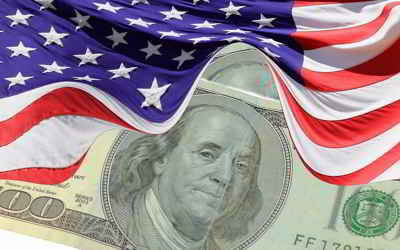Montana Economy
Agriculture and Industry in Montana
Montana economy is a set of human and social activities and institutions related to the production, distribution, exchange and consumption of agriculture and industry goods and services. The balance between Montana various economic sectors differs largely between various regions and other states in the US.Montana Agriculture and Industry
Montana's real gross state product in 2012 was estimated to be $33,374 which was $154,066 and 82% lower than the national state average, $187,440. Montana has the 49th highest GSP out of the 50 states.
Montana's largest industries are agriculture (including both crops and livestock), travel and tourism, timber, and mining. Livestock and wildlife actually outnumber the people in Montana; there are three cows for every person in the state! The state also has the largest grizzly bear population in the US, and the largest elk herd in the US. Other leading agricultural commodities are wheat (ranking fifth in the United States), barley, dairy products, sugar beets, hat, hogs, sheep and lambs. The state is large and sparsely populated, and the economy has always depended upon the area's natural resources. The vast, open plains are perfect for grain farming, and for providing grazing land for large herds of beef cattle.
In addition, the land also contains natural resources under the ground in the form of oil and gas fields and rich coal deposits. Mining in the state of Montana includes coal production, petroleum, precious metals and natural gas.
The more mountainous areas of western Montana support a strong industry in timber and wood products manufacturing. The mountains are also a source of minerals for mining.
More recently, Montana has been diversifying its economy and relying less on its natural resources. Tourism is becoming more important to the state and now ranks second in terms of its financial contribution.
Montana Agriculture:
Cattle, wheat, barley, sugar beets, hay, hogs.
Montana Industry:
Mining, lumber and wood products, food processing, tourism.
The Bureau of Economic Analysis estimates that Montana's total state product in 2003 was $26 billion. Per capita personal income in 2003 was $25,406,
47th in the nation. Its major agricultural outputs are cattle, wheat, barley, sugar beets and hay. Its industrial outputs are mining, lumber and wood
products, and food processing. Tourism is also an extremely important facet of Montana's economy.

US economy is relies on private decision-making ("economic freedom")




